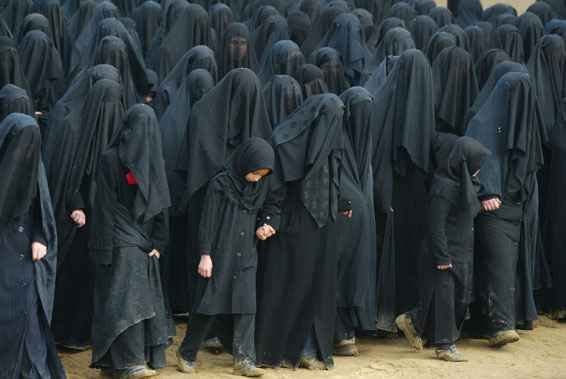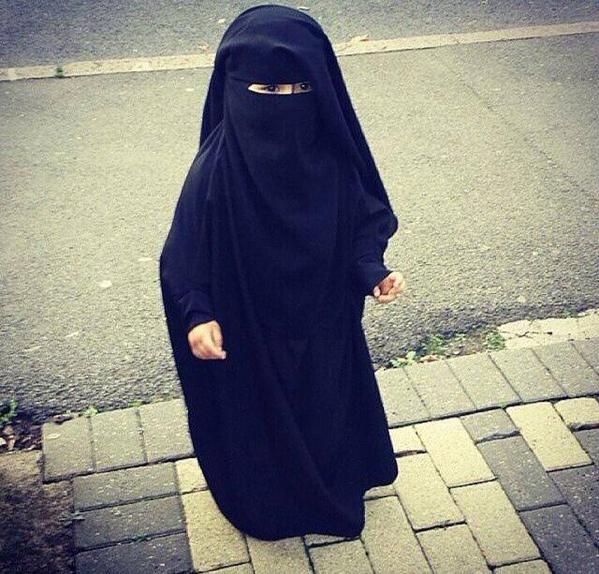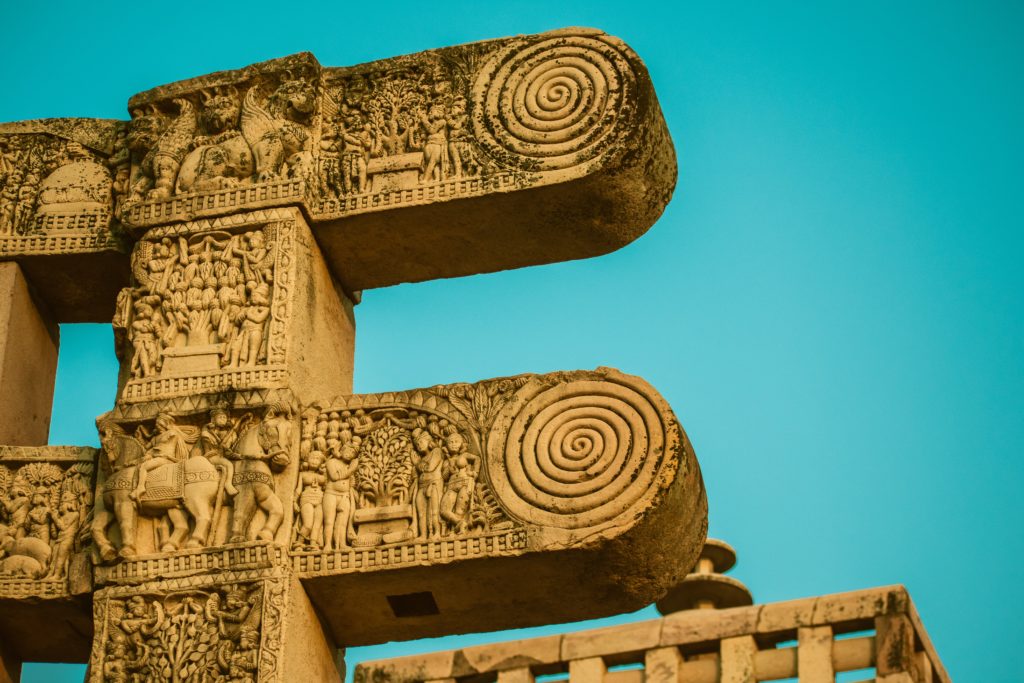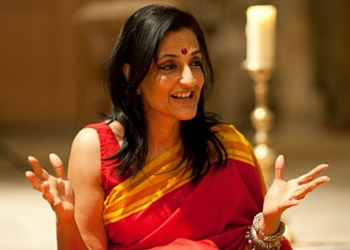
Given the responses I received from my previous post, I feel a detailed clarification explaining my stance and reasoning behind it is due.
First of all, as I do not advocate any ban due to my instinctive gut feelings. I like most humans, feel strong instinctive visceral reactions for a range of things from ugly tattoos to plastic surgeries to the latest Hollywood fashions. But no one in their right mind would advocate any regulations on clothing, lifestyle, or anything else for mere aesthetics or reactions, no matter how strong the reaction is.
By Burqa here I mean the combination of the Burqa + Niqab and not just the Burqa in isolation
History of Indian law and the Greater Good:
Currently, in India, there exist a number of laws (and their application) aimed at social justice where the burden of proof at times lays on the accused not the accuser. Examples of these being the SC/ST atrocity act, Dowry law, Domestic violence laws, etc. Not getting into the legalities of these laws, it is fair to note that the system is rigged against the accused to prove his/her innocence, unlike most other cases. But weighing the pros and cons, considering the state Indian society finds itself in, these laws are generally accepted across the board.
Till now (2021) it is fair to assume that significantly more cases under these laws have been Unreported than the cases where these laws are abused (though it may not always remain so).
Why should the benefit of the doubt be given to the women in case of Dowry/Domestic abuse cases & Scheduled castes/tribes in case of Atrocity-related conflicts? We all know why. I am extending the same argument here.
UCC and Burqa:
Generally in the world, we have accepted that legal polygamy is not an acceptable practice. In India with Muslim personal law, there continues to be legal polygamy for Muslims. But looking at the numbers, the practice is not even followed by a very small fraction of the Muslim population (as opposed to the practice of Burqa which is ubiquitous). Yet most nativists (Hindutvavadis) in India & *true liberals acknowledge the need for a Uniform Civil code. There are multiple valid reasons for the UCC, but one of them certainly is that Muslim personal law creates a feeling of separation among the Muslim community which is bad for a cohesive society. The same argument along with a few others can be made much more convincing against the Burqa than for UCC in my view.
Arguments against the Burqa:
- Burqa – as a black overall creates a distinct separation between the Muslim women and society on whole. Here is a fine piece by Jaggi on it. Jaggi in this piece has relied heavily on BR Ambedkar’s scathing remarks about women in Islam in Pakistan and Partition. Some of Ambedkar’s quotes “These burka women walking in the streets is one of the most hideous sights one can witness in India. Such seclusion cannot but have its deteriorating effects upon the physical constitution of Muslim women….”.“Purdah deprives Muslim women of mental and moral nourishment. Being deprived of healthy social life, the process of moral degeneration must and does set in. Being completely secluded from the outer world, they engage their minds in petty family quarrels, with the result that they become narrow and restricted in their outlook.” It is important to note that BR Ambedkar had similarly scathing criticisms of Hindu practices and the Hindu code bill was directly aimed at addressing those ills. Even though the single Hindu code bill failed to pass in the Indian parliament the content eventually got passed under various laws.

- One might argue that wearing a Burqa is a personal choice of an adult woman and denying so is an infringement of her fundamental rights – and that point is certainly not without merit. Once a practice like Burqa is accepted in a society it is automatically imposed on girls as young as five years old. One cannot even begin to imagine the effect that would have on the psyche of a child. A discussion on this topic on BBC Radio: link. I am not supporting something as extreme as Dawkin’s stance that children be raised devoid of indoctrination, but just that we curtail to the extent to which we indoctrinate under the guise of religion.
- As in the case of the Atrocity Act or other pro-women laws, it is fair to start with the assumption that women don’t have faculty (especially compared to men) in these societies (Indian in general, Muslim in particular). Therein the question of assumption of personal choice of the woman becomes difficult to justify.
- Another issue that is often missed in these discussions is the impact this might have on the Men’s psyche. Jaggi has made the point with reference to the Love Jihad issue so I won’t go into that in detail (read his piece). An example of what some MAN in UP said about it – here
- The lack of a visible face, especially in public places hinders equality in interactions. We communicate a lot non verbally (most of it facially). Burqa not only restricts expression for the wearer (it may be down to choice) but also restricts the communicator from gauging the non-verbal communication.
- The public security issues which arise from garments thought often exaggerated in right-wing circles are non-trivial.
The Other side:
Some of the defenses of Burqa which find some purchase in my mind are:
- In the hyper-sexualized and judgemental world with immense peer pressure to Go out – Look good – be sexy, a Burqa might appear as a welcome respite for a certain type of personality.
- If the person wearing the Burqa feels closer to Allah due to the act of wearing it, how can the state or society come in between her spiritual fulfillment?
Out of these two, I empathize to an extent with argument 1, yet it doesn’t tip the scale in my mind.
Closing thoughts:
I see the point made by many that such a law is counter-effective to the aim of reform. While I concede this point to a degree, I don’t think it needs to be counter-effective in all cases. The same can be argued for most reforms.
The views I hold here may appear extreme in some respects, but it’s anything but a mere reflexive extension of my gut feeling, it’s an internally reasoned and argued position. I don’t advocate bans, especially in the current state of Indian affairs, but I do rejoice when I hear this happening in Sri Lanka, Denmark, or France.
Post Script:
My views on the Sabrimala controversy and menstruation taboos are also in concurrence with the Supreme court judgment. Not stating it to engage in monkey balancing, but merely stating it for context. You can find my piece which covers some of these topics here – What is “Brahmanical” in Indian Patriarchy?





